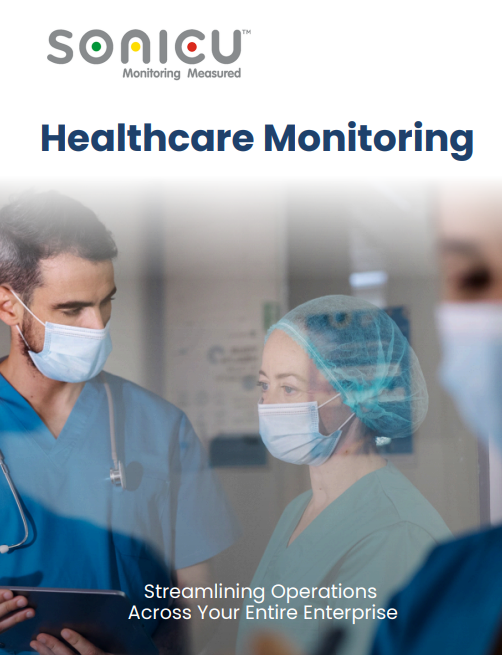
Healthcare Monitoring
Overview of Sonicu's cloud-based platform for real-time environmental monitoring.
Sonicu offers a comprehensive suite of monitoring solutions
that help organizations safeguard assets, automate compliance and reduce manual processes.
From protecting vaccines and research materials to safeguarding food service and facility operations, Sonicu’s monitoring applications cover temperature, humidity, pressure, and more. Whether you’re in healthcare, life sciences, food safety, or other industries, Sonicu provides visibility, compliance, and peace of mind across all your critical applications.
Designed with safety, efficiency and compliance always top of mind, we’ve evolved over a decade with continuous improvements from customer feedback. Serving the healthcare, research and food service industries.
Whether you're solving basic temperature monitoring needs or managing complex, multi-environment compliance, Sonicu’s full line of meters, sensors, and hubs has you covered.
Sonicu offers a comprehensive suite of monitoring solutions
that help organizations safeguard assets, automate compliance and reduce manual processes.

Understanding Heat Stress and OSHA Regulations: How to Protect Your Employees and Ensure Compliance
Sonicu’s wireless occupancy sensors deliver real-time visibility into room usage, ensuring safer, more efficient facilities. Whether you’re managing healthcare environments, educational facilities, or commercial spaces, our occupancy sensors help reduce energy waste, improve safety protocols, and streamline facility operations. With seamless integration into the SoniCloud platform, you can monitor activity, track usage trends, and receive automated alerts when occupancy patterns deviate from expectations.


.png?width=95&height=95&name=image%20(9).png)

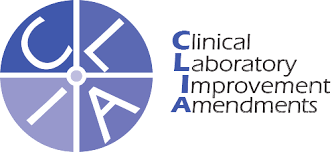


Protect patients and staff with real-time occupancy data that supports infection control and safety protocols.
Optimized Resource Allocation:
Occupancy sensors can help healthcare facilities better understand space utilization patterns, enabling them to allocate resources like staff, equipment, and even medical supplies more effectively. For example, if a waiting room is consistently crowded, more staff can be assigned there, or if a treatment room is underutilized, it can be repurposed.

Create safer learning environments by preventing overcrowding and optimizing classroom and common area usage.
Sonicu’s wireless occupancy sensors give schools and universities actionable insights into how spaces are used, helping to improve safety, reduce energy costs, and streamline operations. With real-time visibility into classrooms, conference rooms, and sensitive areas, facility managers can make informed decisions that improve both security and efficiency.

Support resident well-being and personalized care by monitoring occupancy in shared and private areas.
Maintain a safe, comfortable environment for residents by monitoring occupancy in common areas, dining rooms, and therapy spaces. Enable staff to respond quickly and tailor care based on real-time data.

Protect customers and staff while improving traffic flow and operational efficiency across your facilities.
Monitor real-time occupancy to control crowding, improve customer experience, and streamline operations. Use data to adjust staffing, manage lines, and comply with local safety regulations.





Healthcare facilities face staffing shortages, reimbursement challenges, and rising compliance demands. Maintaining the Joint Commission standards must be as easy and efficient as possible. Sonicu simplifies your path to compliance and accreditation with automated environmental monitoring, real-time alerts, and audit-ready reporting delivered to your inbox.

Meeting CDC VFC program requirements doesn’t have to be complicated or time-consuming, especially when your time and resources are limited. Sonicu delivers a simple, proven solution to protect vaccine integrity and satisfy state reporting standards without adding to your team’s workload.
Sterile compounding and hazardous drug handling come with strict environmental control requirements. With a full suite of sensors and compliance-ready reports, Sonicu makes it easy to meet USP requirements for temperature, humidity, differential pressure, and cold storage while keeping your staff safe and inspectors satisfied.
.png?width=80&height=80&name=FDA%20Logo%20(2).png)
From 21 CFR Part 11 to audit trails and IQ/OQ validation, Sonicu simplifies FDA compliance. Our platform, designed from the ground up to meet FDA manufacturing requirements, includes security across solutions. Sonicu combines AWS cloud hosting, validated software, and e-signature support to meet electronic recordkeeping and data integrity requirements in regulated manufacturing environments.

Every food service operation and kitchen needs a HACCP plan, but relying on clipboards and manual logs puts your compliance and reputation at risk. Sonicu makes it easy to automate your critical control point monitoring with wireless temperature sensors and cloud-based corrective action logs.

As OSHA expands enforcement around heat stress, Sonicu helps you stay ahead of workplace safety compliance. Our wireless sensors track temperature, humidity, and calculate heat index automatically, helping you identify and respond to dangerous conditions before they impact your team.
Sonicu’s occupancy sensors are engineered for easy installation and continuous reliability. Wireless and battery-powered, they integrate seamlessly into your existing spaces without disrupting operations. From classrooms to labs, these sensors deliver the precise data you need to keep people safe and spaces optimized, while supporting compliance with local and industry standards.

Pair occupancy insights with temperature, humidity, air quality, and other environmental data, all within SoniCloud. One platform simplifies compliance, strengthens safety, and helps you optimize resources across all your spaces. Streamline reporting, reduce manual logs, and support confident decision-making with an integrated, data-driven approach.

Ensure patient safety and regulatory compliance with confidence. Sonicu provides reliable, 24/7 monitoring for vaccines, labs, blood banks, and cleanroom environments, helping you protect patients and maintain critical standards.
Provide automated environmental monitoring that supports a wide range of pharmacy types. Sonicu streamlines regulatory compliance, protects high-value medications, and reduces operational risk. From continuous temperature, humidity, and pressure monitoring, our platform gives you the tools to simplify compliance for USP, BoP, CDC, and more.
Protect food safety at every stage. From manufacturing to distribution and commercial kitchens, Sonicu helps protect food safety at every stage. Our real-time temperature monitoring, smart alerts, and automated digital logs support compliance with HACCP and FDA regulations, ensuring your food stays safe, your operation runs smoothly, and you're always inspection-ready.














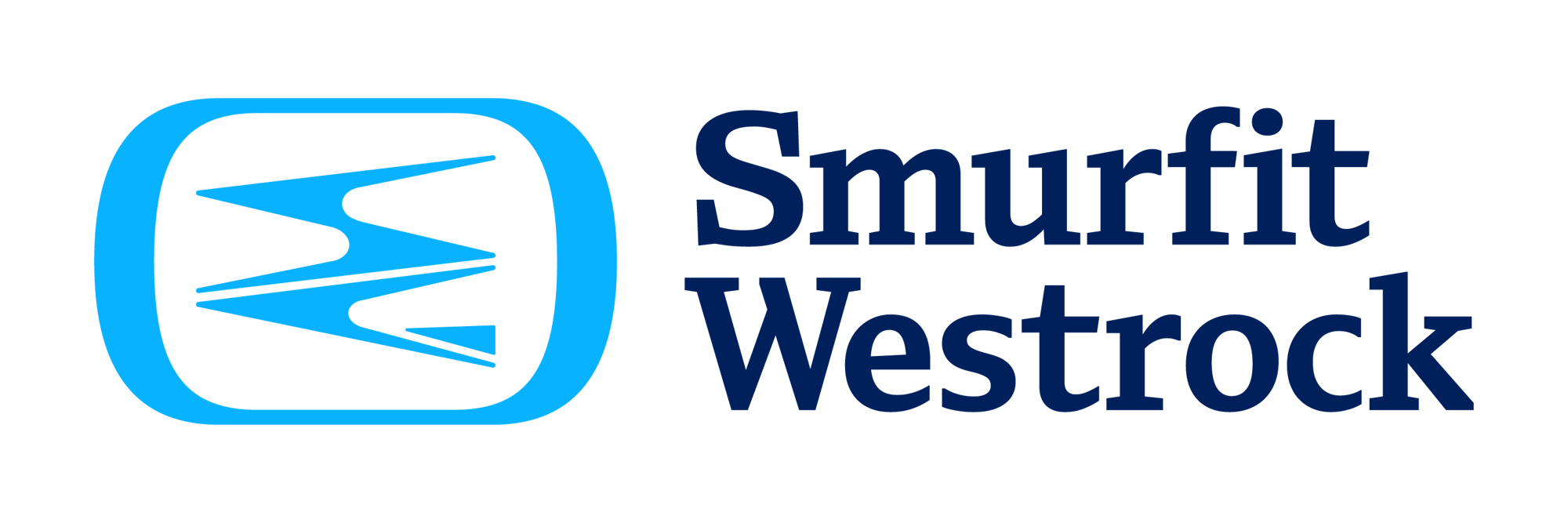




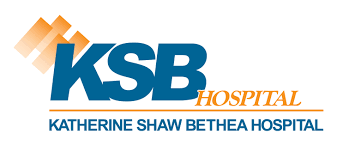
Our policy is to check temperatures on all our fridges and freezers twice a day. With small outlying clinics that aren’t staffed seven days a week, we’d come in Monday morning, hoping the temperatures held steady over the weekend. We needed visibility on the fridges, especially after the loss we just suffered.

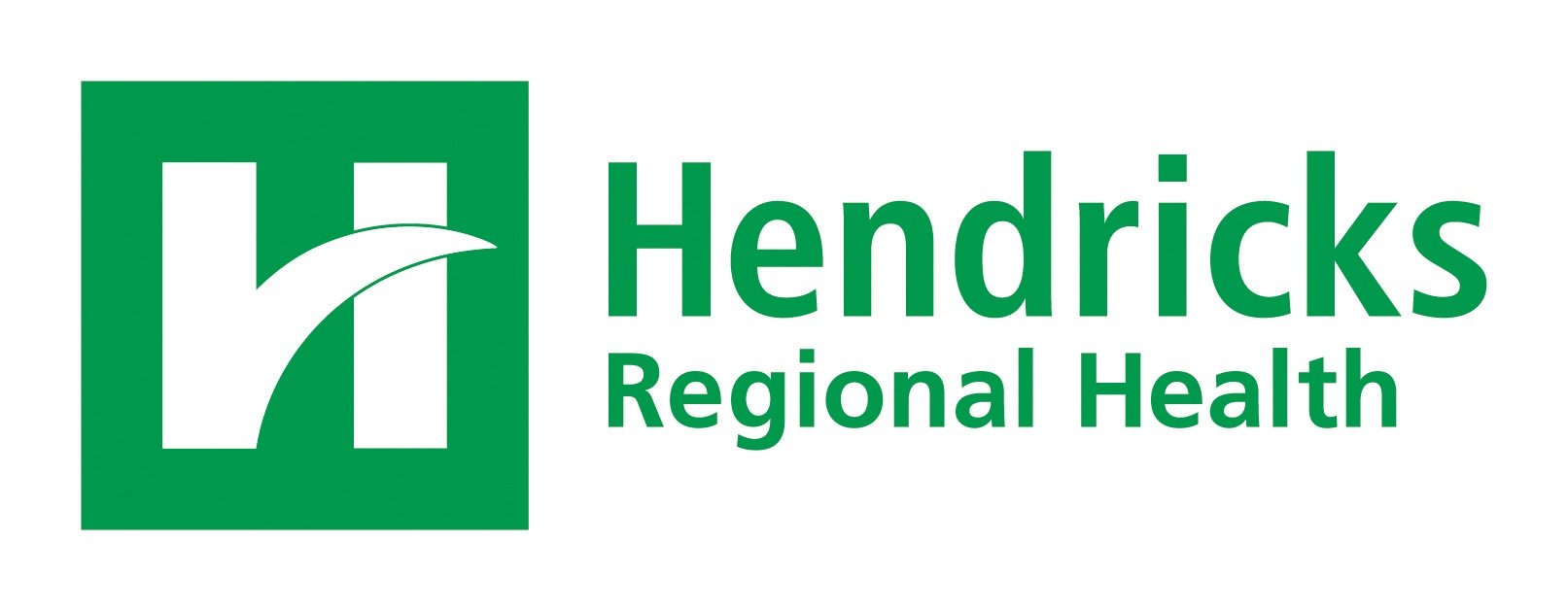


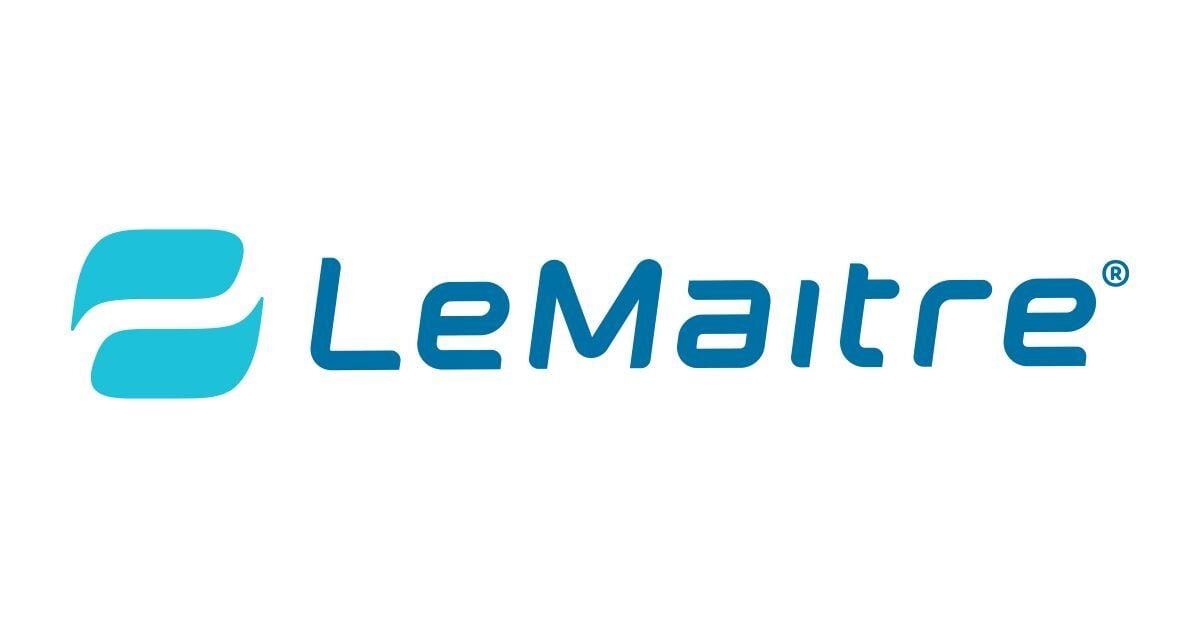





When we put the numbers in front of our leadership and showed them how much time we were going to save with a remote system and automated monitoring versus the time we used to spend managing the system, it was a no-brainer, and we pulled the trigger right away.



